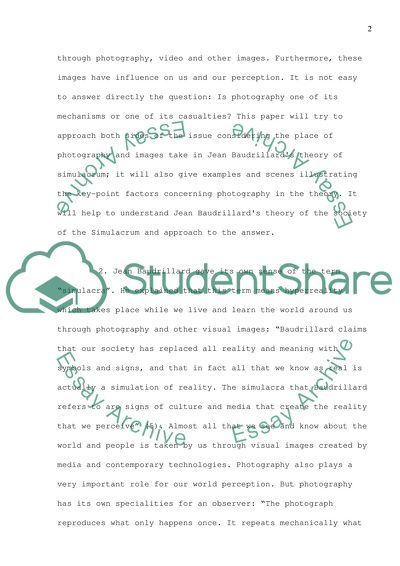Cite this document
(“Discuss Jean Baudrillard's theory of The society of the Simulacrum. Is Essay”, n.d.)
Retrieved from https://studentshare.org/philosophy/1532624-discuss-jean-baudrillards-theory-of-the-society-of-the-simulacrum-is-photography-one-of-its-mechanism-or-one-of-its-casualties
Retrieved from https://studentshare.org/philosophy/1532624-discuss-jean-baudrillards-theory-of-the-society-of-the-simulacrum-is-photography-one-of-its-mechanism-or-one-of-its-casualties
(Discuss Jean Baudrillard'S Theory of The Society of the Simulacrum. Is Essay)
https://studentshare.org/philosophy/1532624-discuss-jean-baudrillards-theory-of-the-society-of-the-simulacrum-is-photography-one-of-its-mechanism-or-one-of-its-casualties.
https://studentshare.org/philosophy/1532624-discuss-jean-baudrillards-theory-of-the-society-of-the-simulacrum-is-photography-one-of-its-mechanism-or-one-of-its-casualties.
“Discuss Jean Baudrillard'S Theory of The Society of the Simulacrum. Is Essay”, n.d. https://studentshare.org/philosophy/1532624-discuss-jean-baudrillards-theory-of-the-society-of-the-simulacrum-is-photography-one-of-its-mechanism-or-one-of-its-casualties.


